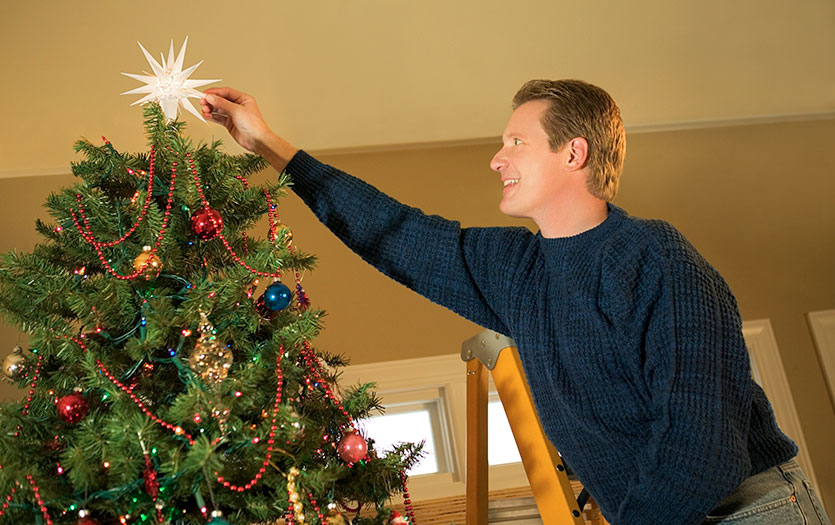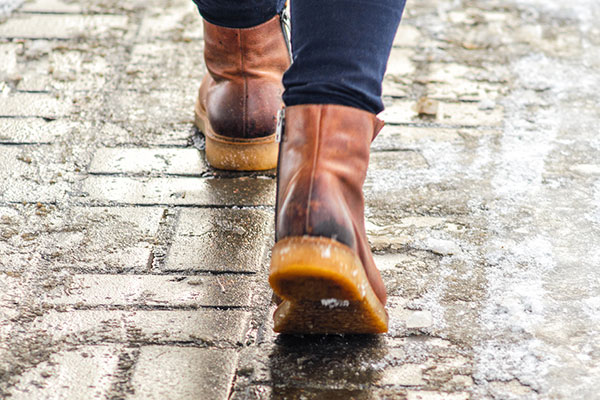
According to Polaris and the U.S. National Human Trafficking Hotline, human trafficking has increased yearly since 2015. With these occurrences on the rise, we asked Lauren Quandt, Injury Prevention and Pediatric Trauma coordinator, Parkview Trauma Centers, to help explain what human trafficking is, how it happens and what we can all do to help disrupt the pattern while working toward a solution.
What is human trafficking?
Human Trafficking is the use or threat of force, fraud or coercion to compel a person into any form of work or service against their will with the primary purpose of obtaining labor or commercial sexual conduct.
Have you seen a recent rise in human trafficking cases?
Unfortunately, Parkview has recently seen a rise in suspected human trafficking cases. And, due to the pandemic, already vulnerable populations are at an increased risk. For example, children aren’t attending school in person regularly, so teachers are unable to physically see and interact with them as much as they have in the past. This lack of in-person communication makes it difficult to identify the subtle cues a child may display when in distress. Adults are also working from home more frequently, limiting their social interactions and ability to reach out for help when needed. Furthermore, unstable living environments, increased poverty due to job loss and social isolation from family and peers are all major social factors contributing to a rise in incidents.
Who’s most at risk of becoming a victim of human trafficking?
Anyone in any community has the potential of being trafficked. However, traffickers and recruiters tend to recognize, target and take advantage of vulnerable populations. People who may be at an increased risk of human trafficking could include:
- Runaway or homeless youth and adults
- Individuals living in poverty
- People with untreated mental health issues
- Immigrant and refugee populations
- LGBTQ youth
How can someone help or recognize the signs of human trafficking?
The best thing anyone can do to help combat human trafficking is to pay attention. Take notice of the people you know and interact with, like your family, friends, students, tenants, children, patients, co-workers, etc. It may not be as bold or defined as you think. Traffickers often lure and recruit people in subtle ways.
A few red flag scenarios that might warrant a second look and arouse suspicions could include:
- A would-be employer offering some on you know a job that appears too good to be true
- Someone you know has recently cultivated a “too close” or romantic relationship with an individual they only know through social media
- A family member, friend or co-worker suddenly decides to move far away for a career opportunity, but can’t provide detailed information about what it is or where they’re going
Context is also a key component to understanding if a situation is sex or labor trafficking. People working in specific industries may be more likely to identify a human trafficking situation. For example, most human trafficking survivors will have had contact with healthcare providers when being exploited. Some situational examples could include:
- Encountering patients with work-related injuries because they weren’t provided appropriate safety gear or had to work in harsh or inhumane conditions
- Speaking with individuals who hesitate to answer questions about their injury or illness and are often accompanied by another person who tries to speak for them
- Seeing patients seeking reproductive care or who have concerns regarding sexual health that demonstrate signs of violence
Other industries that are also likely to encounter human trafficking might include hotels, motels, trucking, agriculture, forestry, construction and domestic workers such as nannies, house cleaners and home health aides.
Does trafficking always involve a form of travel across state or national borders?
No. Human trafficking is often confused with human smuggling, which involves illegal border crossings. The crime of human trafficking does not require any movement whatsoever. Anyone forced into any form of work or service against their will is considered trafficking. Sadly, people can be recruited and trafficked in their own towns, their own homes and even by people they know.
Helpful resources
If you believe you are a victim of human trafficking or may have information about a potential trafficking situation, please contact the U.S. National Human Trafficking Hotline at 1-888-373-7888 or text “BeFree” to 233733. They provide victims and survivors of sex and labor trafficking with vital support, including connecting callers with emergency shelter, transportation, trauma counselors, local law enforcement and more. If you or someone you know is in immediate danger, please call 911.



